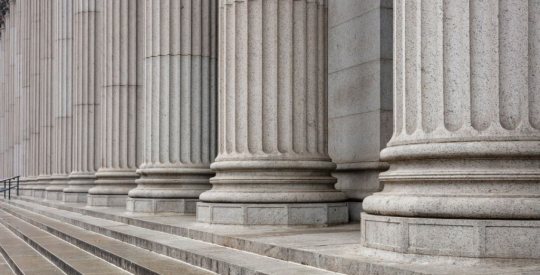Former economic adviser to President Reagan and current Harvard professor Martin Feldstein offers up the latest idea to help solve the mortgage crisis in an op-ed piece published in today’s Wall Street Journal. “None of the current mortgage-reduction proposals are satisfactory,” Feldstein writes. One-off loan modifications are tough to accomplish, he says, thanks to a convuluted secondary market; forced write-downs would likely violate contractual rights, and establishing a government-funded entity to buy mortgage debt “would have the government use taxpayer money to pay off existing loans and become the largest mortgage lender in the country,” he says. He proposes what he calls a “loan-subsitution program:”
The federal government would lend each participant 20% of that individual’s current mortgage, with a 15-year payback period and an adjustable interest rate based on what the government pays on two-year Treasury debt (now just 1.6%). The loan proceeds would immediately reduce the borrower’s primary mortgage, cutting interest and principal payments by 20%. Participation in the program would be voluntary and participants could prepay the government loan at any time. The legislation creating these loans would stipulate that the interest payments would be, like mortgage interest, tax deductible. Individuals who accept the government loan would be precluded from increasing the value of their existing mortgage debt. The legislation would also provide that the government must be repaid before any creditor other than the mortgage lenders.
In simpler terms, Feldstein proposes turning 20 percent of a borrower’s existing mortgage debt into a recourse second (or third?) mortgage backed by the Federal government, in exchange for offering borrowers a much lower interest rate on a portion of their mortgage, in the hopes that the net payment reduction will be enough to prevent a borrower from defaulting. On the surface, Feldstien’s plan shares at least some similarity with one being floated currently by the Office of Thrift Supervision, which targets underwater borrowers who cannot refinance and would take a portion of a borrower’s secured debt and transform it into unsecured debt via a “negative equity certificate.” Feldstein’s proposal would see some mortgage debt transformed as well, albeit into debt secured by future income and issued by the Federal government, rather than unsecured debt represented by a certificate. Given that, he writes that his proposal wouldn’t appeal to borrowers that are current underwater on their mortgages — but that it would “would decrease the number of homeowners who would come to have negative equity as house prices decline.” Some economists have projected that as many as 15 million Americans will owe more on their mortgage than their house is worth by the end of 2008. Sources that spoke with Housing Wire were critical of the proposal. “I’m all for finding ways to help,” said one source. “But I think we should be focusing our efforts on currently delinquent and upside-down borrowers, at least in terms of any policy response.” Another source asked rhetorically, “If I’m not underwater and can refinance, wouldn’t I just do that? Why in the world would I tie 20 percent of my mortgage around my neck?”



